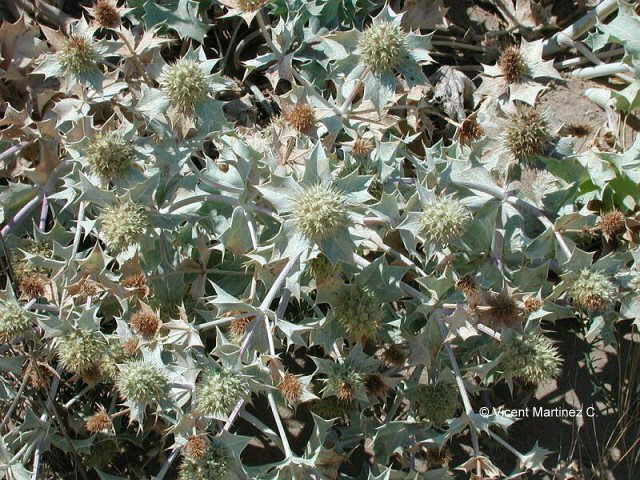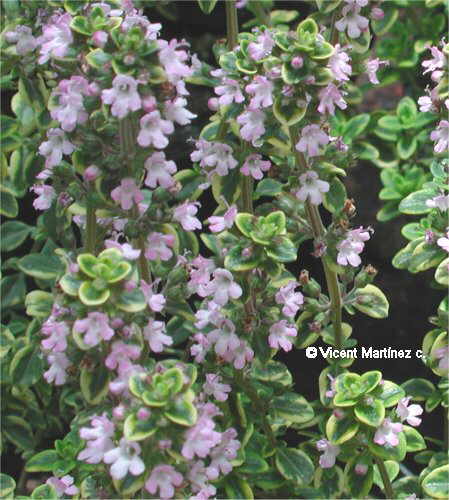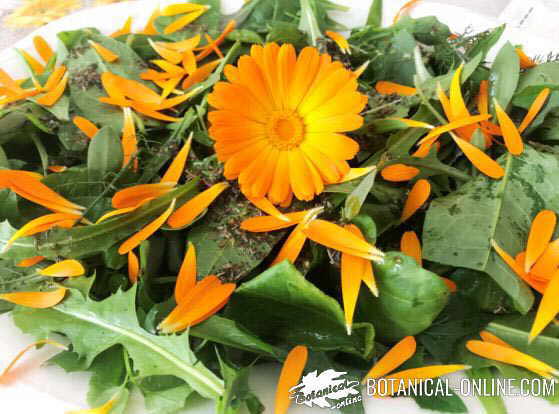Contents
How much protein do I need
PROTEIN REQUIREMENTS
How much protein do we need?
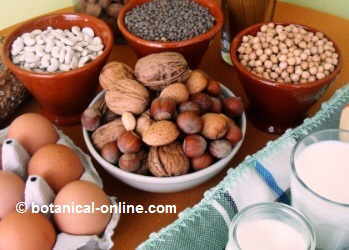 Photo of rich-protein foods in an ovolactovegetarian diet: vegetables, eggs, nuts and milk |
A varied diet, including animal protein, does not pose a risk of protein deficiencies. Quite the contrary, the Western diet usually has excess of animal protein, which can cause a possible health risk.
However, those who carry a strict vegetarian diet should control the protein intake not to have any problems of malnutrition. In this regard, it is important to do a vegetable protein combination for optimal contribution of that protein.
* More information: Differences between animal protein and vegetable protein
Formula to calculate the daily protein needs
There are different ways to calculate the proteins that a person should eat daily. The most precise formula is as follows:
– First Formula: (ideal weight in pounds x 0.36)
One pound is equivalent to 453,592 g. Therefore, we divide the ideal weight between 453,592 to know the number of pounds we weigh and multiply this amound by 0.36. For example, for a person with an ideal weight of 70 kg we should perform the following operations:
70 x 1000 = 70000 kg g: 453,592 = 154.32 lbs
154.32 x 0.36 = 55.55 g of protein per day
Some dietitians believe that this formula provides an insufficient number of proteins and that a much simpler and practical formula is as follows:
– Second Formula (1 g protein daily X kilo of weight): We will take 1 g daily of protein per kg in case of making a type of diet in which foods of animal origin are included. In strict vegetarian diets, we should take 1.2 g of vegetable protein daily per kg.
In the above case would therefore the following relationship:
70 kg x 1 day = 70 g protein in people with mixed diet animal and plant
70 kg x 1.2 = 84 g protein in strict vegetarians daily.
– Third Formula: (0.85 grams per day X kilo weight) WHO (World Health Organization) considers that the appropriate amount would be 0.85 g of protein per kg of weight per day. Whereupon for the person named above, daily consumption would be as follows:
70 kg x 0.85 = 59, 5 g of protein a day.
How to calculate dietary protein
Knowing what foods provide protein
Once protein needs resolved, the next step is to count the proteins that food in our diet give us. Each food contains a different ratio of protein.
For example, fish and meat are the richest in protein (20%) food: 100 g. fish or meat provide 20 g. protein.
Milk is the only drink that should be considered an important source of protein. It provides a considerable amount of protein: 7g. per cup.
Cheese, is one of the dairy products with the most protein content (especially dry cheese). Only 2 slices of Emmental cheese (60g.) Provide 16g. protein.
* Related information: Dangers of protein excess
Vegetable protein foods
Plant proteins are also essential in the diet, because, apart from proteins, they also contain other nutrients almost as needed to maintain optimal health.
Vegetable protein sources are mainly: legumes, nuts (sunflower and pumpkin) and cereals (especially seitan).
In vegetarian diets, we should combine plant proteins to get complete proteins. Only quinoa, amaranth and buckwheat have full vegetable proteins. For this reason, these grains, which are pseudocereals have great importance on strict vegetarian diets.
Table of protein-rich foods
The following table has the protein content of some foods:
Serving | grams of protein per serving |
| 1 beef steak (100g) | 20 |
| Chicken breast (125g) | 20 |
| 1 serving of fish (150g) | 20 |
1 egg | 8g |
| 2 slices of turkey (20g) | 3g |
| 2 slices cured cheese (40g) | 12g |
| 1 fresh cheese terrine (75g) | 12g |
| 1 Natural yoghurt (125ml) | 4g |
| 1 cup milk (200 ml) | 7g |
| 1 cup soy drink (200ml) | 7g |
Lentils (70g) | 15g |
Almonds (20 unidades) | 4g |
| 1 protein packet (28g) | 14g |
Example of dietary protein count
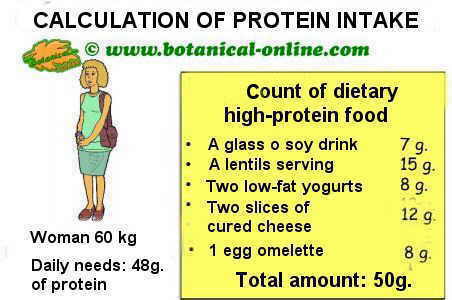
Example of calculation intake of dietary foods rich in protein according to the needs of the person
* Related information: WHO’s (World Health Organization) recommended doses of protein
![]() More information on essential fatty acids
More information on essential fatty acids

